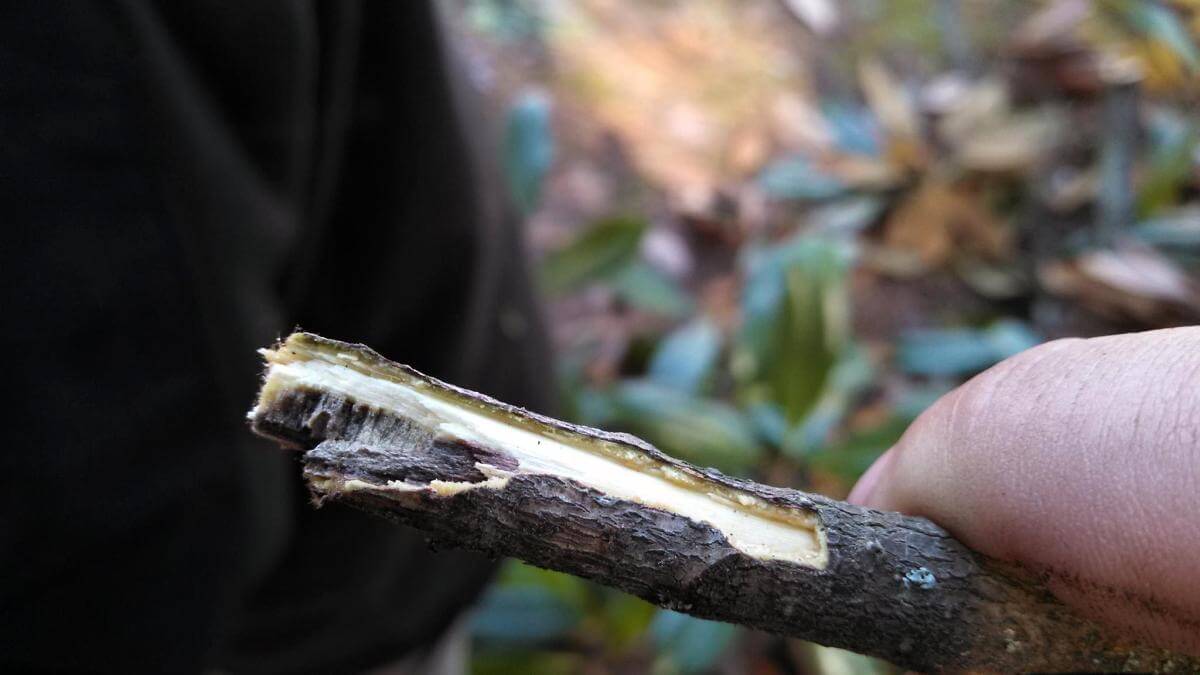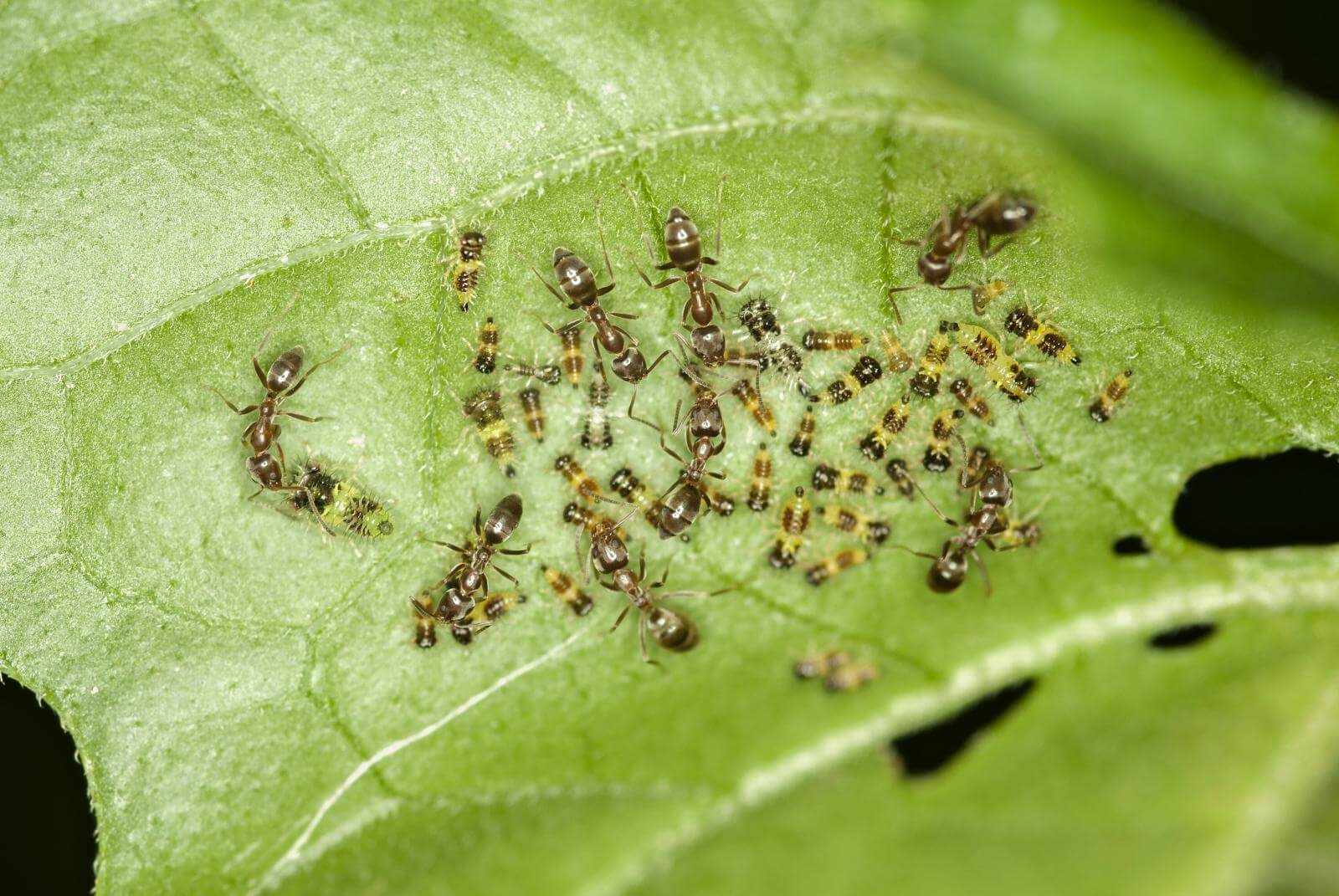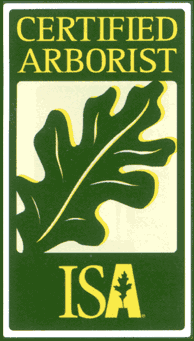Pest and Disease Control By ACE Tree Service to Birmingham, Al
ACE Tree and Landscaping uses Integrated Pest Management (IPM) to manage insects and diseases on your trees in the Birmingham, Al area.
There are many different insects and diesases that can harm a tree.
Our certified arborist can detect these problems and suggest the best way to maintain the health and beauty of your trees.
Anthracnose
Anthracnose is one of the most common diseases on plants such as oak, maple, and sycamore in Birmingham area, Alabama. Anthracnose usually causes little damage to the tree but severe outbreaks do occur causing death of the tree. Symptoms vary with the plant host. Maple symptoms include brown lesions that spread along the larger veins, circular brown to reddish brown spots with tan centers, and irregular blotches that kill large sections of a leaf. Oak Symptoms on the young leaves and shoots include browning and shriveling of the blighted tissues. Control for anthracnose includes raking up the leaves before bud break and discard, fertilize and irrigate trees that have foliar blighting and defoliation, fungicide applications work as well.
Phytophthora
Phytopthora, meaning "Plant Killer" is one of the most destructive diseases of woody plants in the southeast. In particular phytophthora root rot kills many plants such as oaks, maples, rhododendron, azaleas and many other trees and shrubs. Symptoms of phytophthora include yellowing of the leaves, leaf shed, slow growth, and limb dieback, The best control for this disease is planting a resistant cultivar. Some chemical control has proved to work but once most of the symptoms have occurred the damage is already done. Preventive maintenance is the best way to go on this. Avoid poor drainage situations with plantings and over watering.
Oak Cancer
Cankers are localized dead areas in the bark of stem, branches, or twigs of many type of trees and shrubs. Most cankers are grown by fungi, which grow between the trees bark and wood, killing the living portion of the bark. Cankers are very destructive and hard to manage. The fungi girdles stems of the plant host.
One of the most damaging cankers in the southeast is the Oak Hypoxylon Canker (fungus - Hypoxylon atropunctatum and other Hypoxylon spp. Pictures below). The disease is first evident as a dieback of one or more branches. The foliage of the diseased limbs turns yellow and dries. This die back continues from branch to branch through the stem until eventually the tree dies.
Hypoxylon canker causes a dark brown discoloration of the sapwood. With age the infected wood is lighter in color and has black zones or patterns in the wood when observed in cross section.
Hypoxylon canker occurs primarily on trees which are or have been in stressed conditions. Trees which have been damaged by excessive fill soil are often attacked by this organism. It is also suspected to be a fungus that can invade on oak wilt-infected trees.
Pine Beetle
Pine bark beetles are damaging pines all over the south. The three most damaging beetles are the southern pine beetle, black turpentine beetle, and the 3 Ips engraver beetles. Female beetles enter the tree where they bore galleries in the phloem to lay eggs. Soon after initial attack, females emit an aggregation pheromone (frontalin), which attracts males and more females to the tree. The eggs then hatch and larvae feed on the phloem.
Identification
The Ips beetles have a scooped out and spine rearward end of the abdomen. The black turpentine beetle and southern pine beetle have a rounded abdomen. The black turpentine beetle is about 1/4 inch long. The southern pine beetle is about 1/8 inch long.
Symptoms
The black turpentine beetle attacks the lower part of a tree from ground level up to 8 or 10 feet. The pitch tubes are an inch or more in diameter and often appear purplish. Southern pine beetle and Ips beetle attacks the upper part of the tree. These pitch tubes resemble popped popcorn in color and shape. Gallery patterns also vary between beetles. The egg galleries of the Ips beetle are "Y" to "H" shapes while the southern pine beetle has "S" shaped galleries. Control: Systemic insecticides may be applied. Keep trees healthy and stress free by promoting vigor, preventing construction damage,and growing trees on good sites.
Fall Web Worms
Description and Damage
Fall webworms occur throughout the United States. Larvae feed on the hosts foliage and spin webs around the leaves, usually towards the tips of the limbs. It attacks shade and ornamental trees in urban and suburban areas. Webworms are capable of defoliating an entire tree. The attacks will not necessarily kill a tree but numerous attacks over a few years can cause die back and contribute to plant death.
There are two different types of webworms, orange and black. The two forms differ in color, hosts preferences, and seasonal activity. The larvae are 1-1.5" long covered with dense hair. Orange




